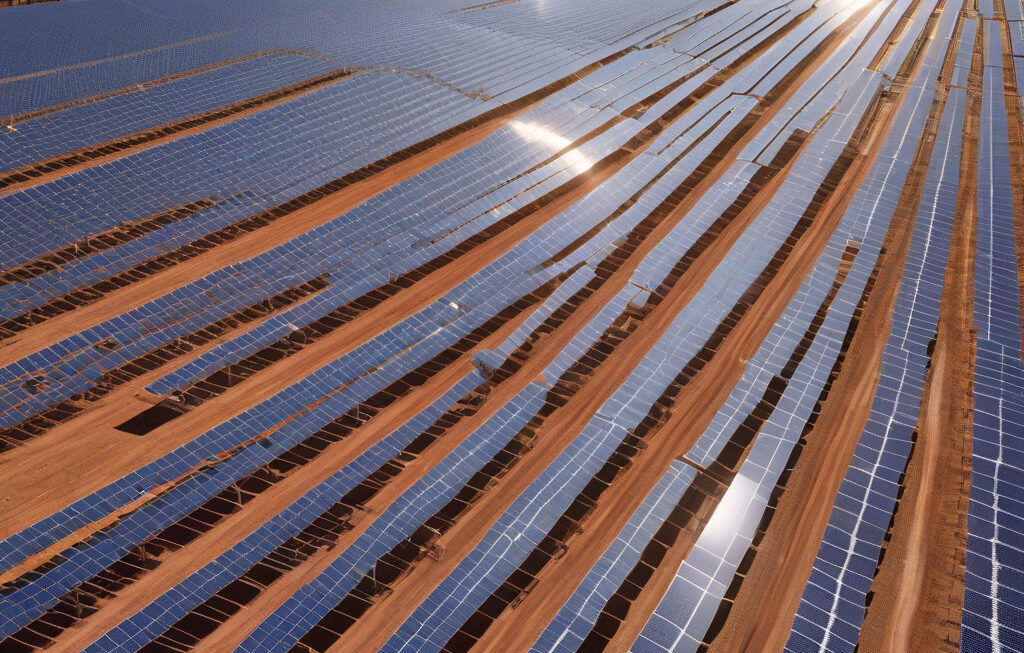Revolutionizing Solar Energy: Coating for Organic Solar Cells Achieves 28.6% Indoor Efficiency and Unmatched Sensitivity
A team of researchers from Korea University and Dongguk University has created a new molecular coating that is set to redefine the efficiency and sensitivity of organic solar cells. The breakthrough coating has achieved an impressive indoor efficiency rate of 28.6%, marking a significant advancement in the field of solar energy technology.
Organic solar cells have long been hailed as a promising alternative to traditional silicon-based solar cells due to their flexibility, light weight, and cost-effectiveness. However, their efficiency and sensitivity to indoor lighting conditions have posed significant challenges to their widespread adoption. The development of this innovative molecular coating addresses these challenges head-on, unlocking the full potential of organic solar cells.
The key to the success of this new coating lies in its ability to enhance the absorption of indoor light sources, such as LED and fluorescent lighting, thereby significantly boosting the efficiency of organic solar cells in indoor environments. By fine-tuning the molecular structure of the coating, the research team was able to achieve a remarkable indoor efficiency rate of 28.6%, surpassing the performance of existing coatings by a significant margin.
In addition to its impressive efficiency, the new coating also boasts high sensitivity to a wide range of indoor lighting conditions. This means that organic solar cells equipped with this coating can effectively harness ambient light sources to generate electricity, making them ideal for indoor applications such as IoT devices, wearable electronics, and indoor sensors.
The implications of this breakthrough are far-reaching. With the increasing global focus on sustainable energy solutions, the development of high-efficiency organic solar cells could play a crucial role in reducing our reliance on fossil fuels and mitigating the impact of climate change. By maximizing the efficiency and sensitivity of organic solar cells, this new coating paves the way for a future powered by clean, renewable energy.
Furthermore, the commercial potential of this technology is immense. As industries and consumers alike seek to adopt more environmentally friendly practices, the demand for efficient and cost-effective solar energy solutions continues to grow. The versatility of organic solar cells, coupled with the enhanced performance enabled by this new coating, positions them as a competitive alternative to traditional solar technologies in a wide range of applications.
In conclusion, the development of this molecular coating represents a significant milestone in the advancement of organic solar cell technology. With its unprecedented indoor efficiency rate of 28.6% and high sensitivity to indoor lighting conditions, this coating has the potential to revolutionize the solar energy industry and accelerate the transition to a more sustainable future.
solar, energy, efficiency, innovation, sustainability












